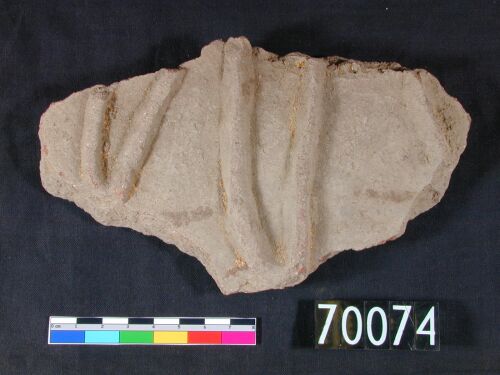
If archaeology is a brand, Zahi Hawass is a master marketer. Egypt's Minister of Antiquities Affairs has taken a page from Bono's book and launched a 'adventurous' fashion line named after... himself. Designed by Lora Flaugh of branding firm Art Zulu, ZAHI HAWASS will have a shop at Harrod's sometime later this year. The press release is hilarious:
ZAHI HAWASS is a novel fashion line not just for the traveling man, but the man who values self-discovery, historicism and adventure. Rich khakis, deep blues and soft, weathered leathers give off a look that hearkens back to Egypt’s golden age of discovery in the early 20th century. Natural dyes, vegetable dyes and organic cottons were thoroughly researched to come up with the most premium and environmentally friendly fabrics for the versatile shirting, shorts and pants that comprise the collection. Ample time was spent developing the hardware and finery to make it feel extraordinary.
The ZAHI HAWASS vision can only be fully realized in an environment that matches the grandeur and classicism of Egypt. Combined with an elegantly themed in-store shop at Harrods, ZAHI HAWASS clothing will promote a look that is both trendy and casual, conservative and cool. More than anything else, the proposed ZAHI HAWASS collection and shop will be a retail experience that evokes the beauty of Egypt through its décor, and invites consumers to pack their suitcases and journey to the exotic locale.
Trendy, casual, conservative AND cool?! Pimping orientalist nostalgia? I'm speechless, probably from laughing so hard. As blogger 3arabawy said:
I strongly recommend Zahi Hawass leave our antiquities alone, and stick to his “eponymous menswear line.”












